While millions of visitors flock to Yellowstone and the Grand Canyon each year, America’s national park system holds dozens of incredible gems that remain surprisingly peaceful. These parks offer the same breathtaking landscapes, unique wildlife, and unforgettable experiences without the bumper-to-bumper traffic and packed trails that define the most popular destinations.
You don’t have to sacrifice beauty for solitude. Here is a list of 18 national parks where you can hear yourself think and take photos without strangers photobombing your shots.
Great Basin, Nevada
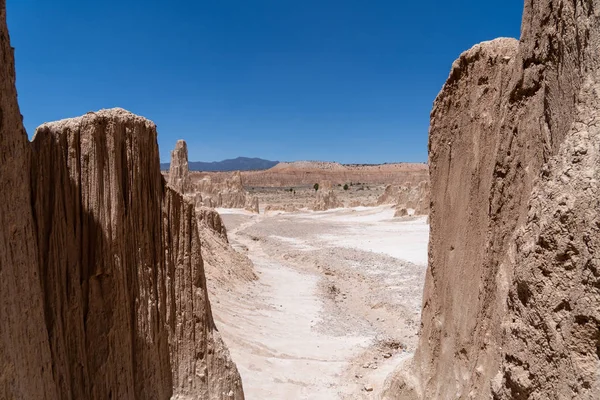
Tucked away in eastern Nevada, Great Basin feels like stepping into another world entirely. The park centers around the ancient Lehman Caves and Wheeler Peak, which towers over 13,000 feet above sea level.
Most visitors never make it here because it’s genuinely in the middle of nowhere, but that isolation creates some of the darkest night skies in the country.
North Cascades, Washington
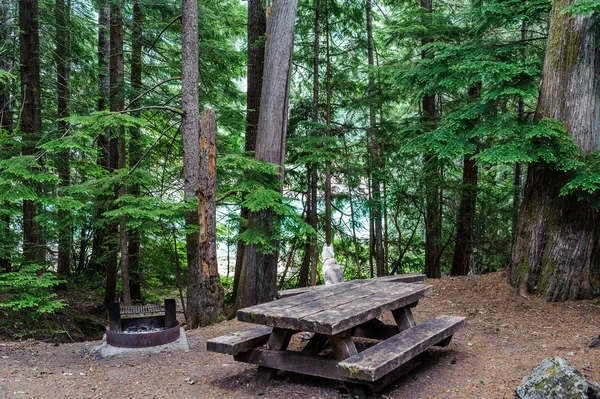
Despite being called the ‘American Alps,’ the North Cascades sees fewer visitors in an entire year than Yellowstone gets in a busy weekend. The park contains over 300 glaciers and countless waterfalls that tumble down granite cliffs.
Getting there requires a bit of effort since there’s only one road through the park, but the payoff is having pristine alpine lakes practically to yourself.
Like Travel Pug’s content? Follow us on MSN.
Isle Royale, Michigan
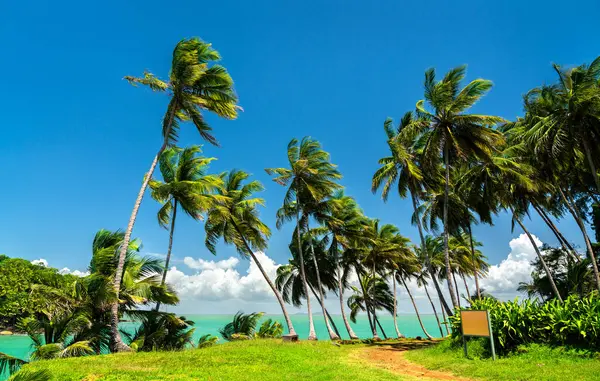
This wilderness island in Lake Superior can only be reached by boat or seaplane, which naturally keeps the crowds at bay. The park is famous for its wolves and moose, plus some of the clearest lake water you’ll ever see.
Most people don’t even know Michigan has a national park, let alone one that feels more remote than many Alaskan destinations.
Guadalupe Mountains, Texas
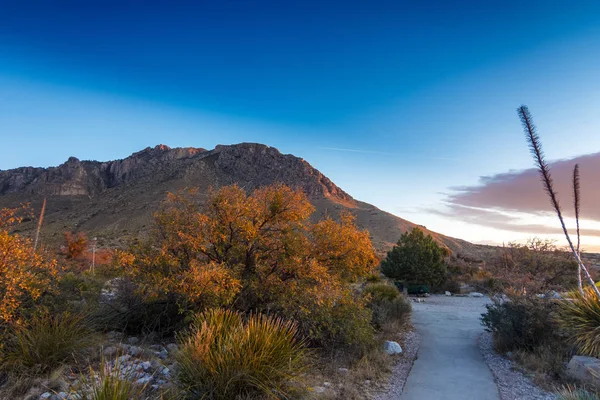
Texas’s highest peak sits in this rugged park that most people drive right past on their way to Carlsbad Caverns. The fall colors here rival anything in New England, thanks to the bigtooth maples that turn brilliant red and orange.
The lack of water sources keeps this park challenging and, therefore, less crowded than other desert destinations.
Gates of the Arctic, Alaska
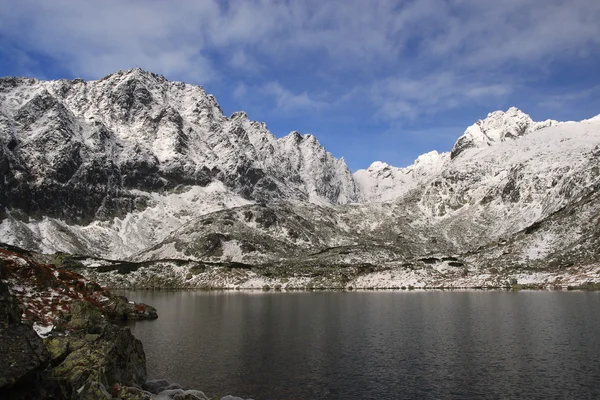
There are no roads, trails, or facilities in this massive wilderness, which is larger than Switzerland. You have to charter a plane to get here, which explains why it receives fewer than 10,000 visitors annually.
The park protects the central Brooks Range and offers some of the most untouched wilderness left in North America.
Like Travel Pug’s content? Follow us on MSN.
Katmai, Alaska
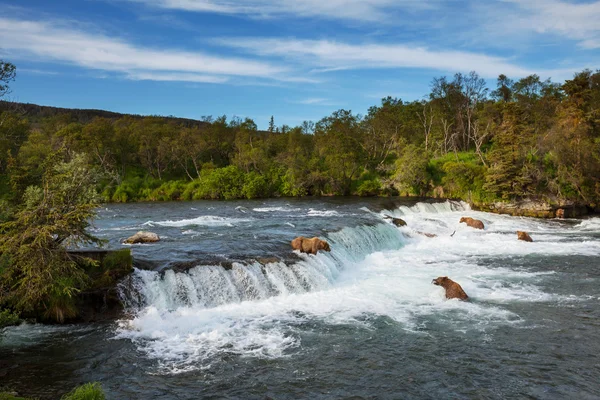
Famous for its brown bears catching salmon at Brooks Falls, Katmai sees relatively few visitors because getting there requires a flight from Anchorage.
The park contains the Valley of Ten Thousand Smokes, created by a massive volcanic eruption in 1912. Most people only stay for a day trip to see the bears, missing the incredible backpacking opportunities deeper in the park.
Lake Clark, Alaska
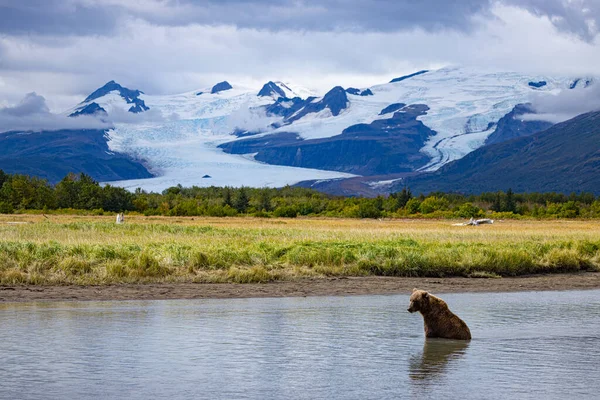
Often called Alaska’s most beautiful park, Lake Clark combines towering mountains, pristine lakes, and active volcanoes in one stunning package. The park has no road access, so you’ll need to fly in from Anchorage or take a boat across Cook Inlet.
This keeps visitor numbers low despite the park being relatively close to Alaska’s largest city.
Kobuk Valley, Alaska
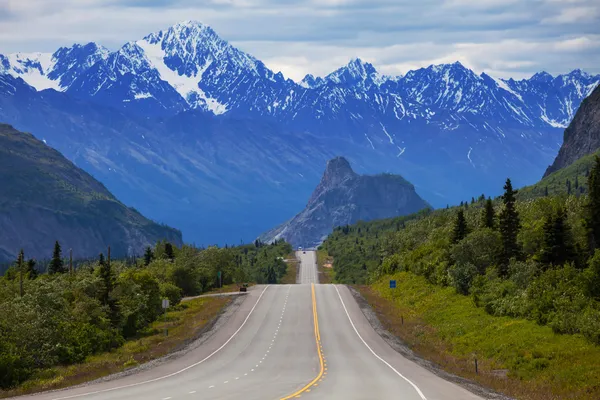
This park protects 25 square miles of active dunes north of the Arctic Circle, creating one of the most surreal landscapes in the national park system. The Great Kobuk Sand Dunes rise to 100 feet high and can reach temperatures of 140 degrees in summer.
Like other remote Alaskan parks, you’ll need to charter a plane to reach this otherworldly destination.
Like Travel Pug’s content? Follow us on MSN.
Dry Tortugas, Florida
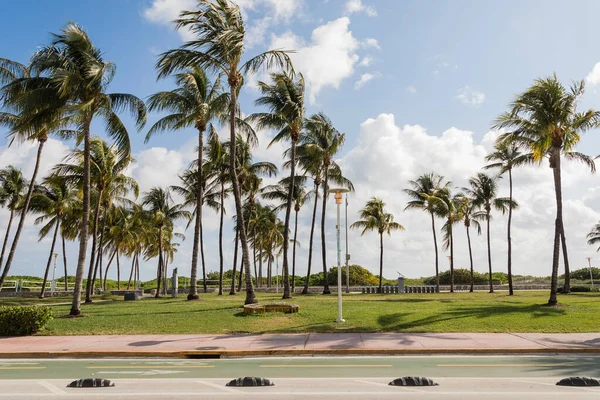
Located 70 miles west of Key West, this park can only be reached by boat or seaplane, which keeps the masses away. The crystal-clear waters and massive 19th-century fort create an almost tropical paradise feeling.
Snorkeling here rivals anything in the Caribbean, but you’ll share the experience with far fewer people.
Channel Islands, California

Known as the ‘Galapagos of California,’ these islands off the coast of Ventura require a boat ride to reach. Each island has its unique ecosystem and endemic species found nowhere else on Earth.
The surrounding waters offer some of the best diving on the West Coast, with kelp forests and marine life that will blow your mind.
Black Canyon of the Gunnison, Colorado
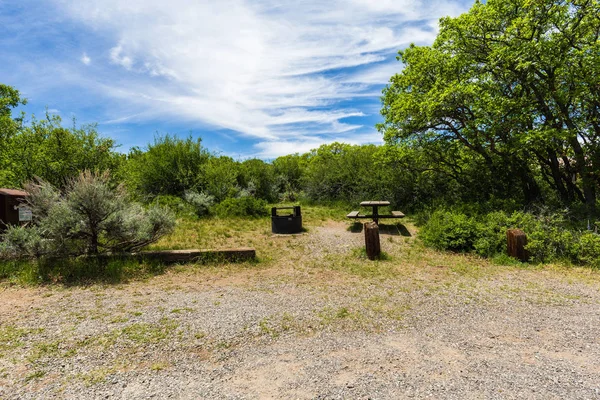
The dramatic black walls of this canyon drop nearly 2,000 feet straight down, creating some of the most vertigo-inducing views in the country. The dark rock absorbs so much light that parts of the canyon only see direct sunlight for a few minutes each day.
Most Colorado visitors head to Rocky Mountain National Park instead, leaving this geological wonder surprisingly peaceful.
Like Travel Pug’s content? Follow us on MSN.
Big Bend, Texas
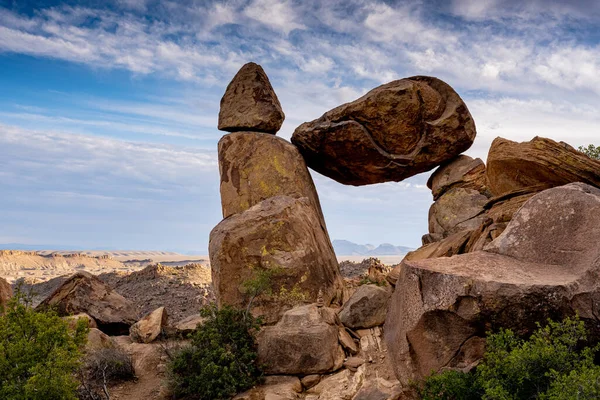
Sitting along the Rio Grande on the Mexican border, Big Bend feels like the edge of the world in the best possible way. The park encompasses desert, river, and mountain ecosystems all in one massive area larger than Rhode Island.
The remote location in far west Texas means you’ll often have entire hiking trails to yourself, even during peak season.
Theodore Roosevelt, North Dakota

This park honors our most conservation-minded president in the rugged badlands where he once ranched. The colorful rock formations and sweeping prairie views create surprisingly dramatic scenery for a state most people associate with farmland.
Wild bison roam freely here, and you’re more likely to see them than other visitors during much of the year.
Voyageurs, Minnesota
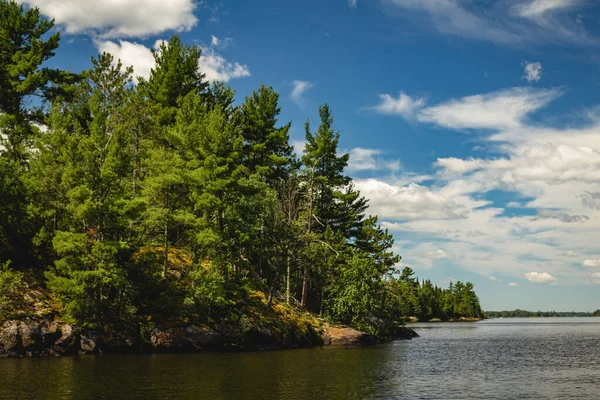
The only national park where you’ll travel primarily by boat, Voyageurs protects a network of lakes along the Canadian border. The park follows the historic routes used by French-Canadian fur traders centuries ago.
During winter, the frozen lakes become highways for cross-country skiing and snowmobiling adventures that few people experience.
Like Travel Pug’s content? Follow us on MSN.
Wind Cave, South Dakota
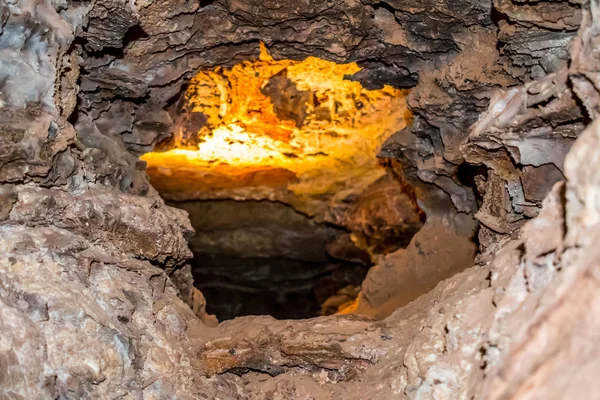
While everyone knows about the famous cave system underground, the prairie ecosystem above ground is equally impressive and often overlooked. The park protects one of the few remaining mixed-grass prairies in North America, complete with bison herds and prairie dog towns.
The cave itself contains some of the most intricate geological formations you’ll find anywhere, including the rare boxwork patterns that give the cave its character.
Mammoth Cave, Kentucky
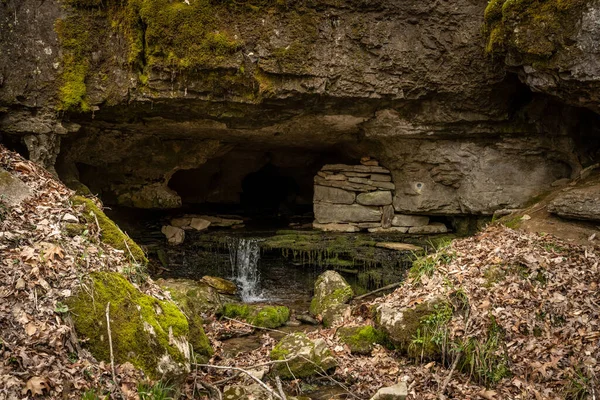
The world’s longest known cave system stretches for over 400 miles underground, yet most visitors only see a tiny fraction during guided tours. The park also protects significant forest and river ecosystems above ground, providing excellent hiking opportunities.
Kentucky isn’t typically associated with national parks, which helps keep this natural marvel blissfully uncrowded.
Congaree, South Carolina
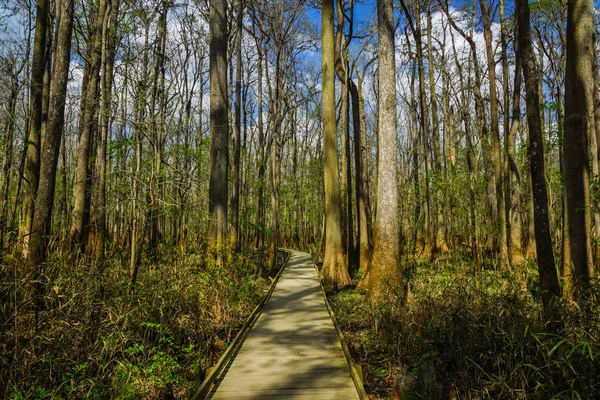
The old-growth bottomland forest here contains some of the tallest trees in the eastern United States, creating cathedral-like spaces between the massive trunks. The park’s famous firefly display happens only a few weeks each year, when thousands of fireflies synchronize their flashing in a natural light show.
Despite being relatively close to major cities, the park remains one of the least visited in the entire system.
Like Travel Pug’s content? Follow us on MSN.
American Samoa, American Samoa
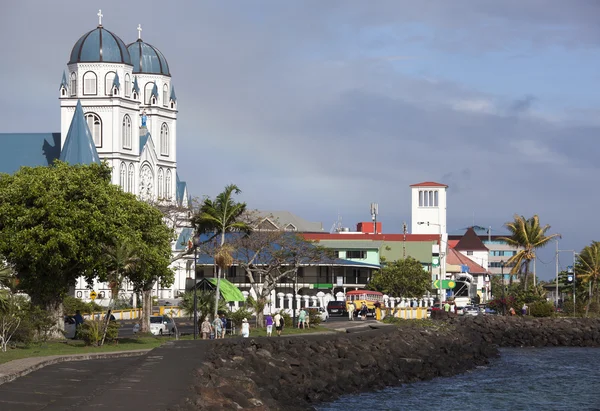
The only national park south of the equator protects tropical rainforests, coral reefs, and traditional Polynesian culture all in one incredible package. Getting here requires a long flight from Hawaii, which keeps visitor numbers extremely low despite the park’s stunning beauty.
The combination of pristine beaches, lush mountains, and vibrant coral reefs creates an experience unlike any other park in the system.
Hidden Gems Still Waiting
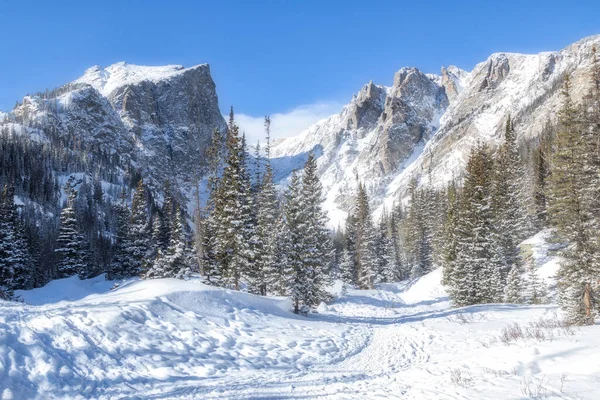
These parks prove that America’s most spectacular landscapes aren’t always found in the famous destinations that dominate social media feeds. While Yellowstone and Yosemite certainly deserve their popularity, the real magic often happens in places where you can hear the wind through the trees instead of tour buses rumbling past.
Each of these parks offers something unique that you simply can’t find anywhere else, from synchronized fireflies to dunes above the Arctic Circle. The best part is that visiting them feels like discovering a secret that only a few people know about. That sense of discovery is becoming increasingly rare in our connected world.
More from Travel Pug

- 20 Best Beach Towns in the Carolinas
- 13 Destinations Where Tourists Regularly Regret Their Trip
- 20 Things You Actually Get in First Class
- 20 Small Airports With Aviation Museums
- 20 Places in the U.S. That Are Perfect for a Reset Trip
Like Travel Pug’s content? Follow us on MSN.
